Slide Show: Holst Architecture
June 26, 2009
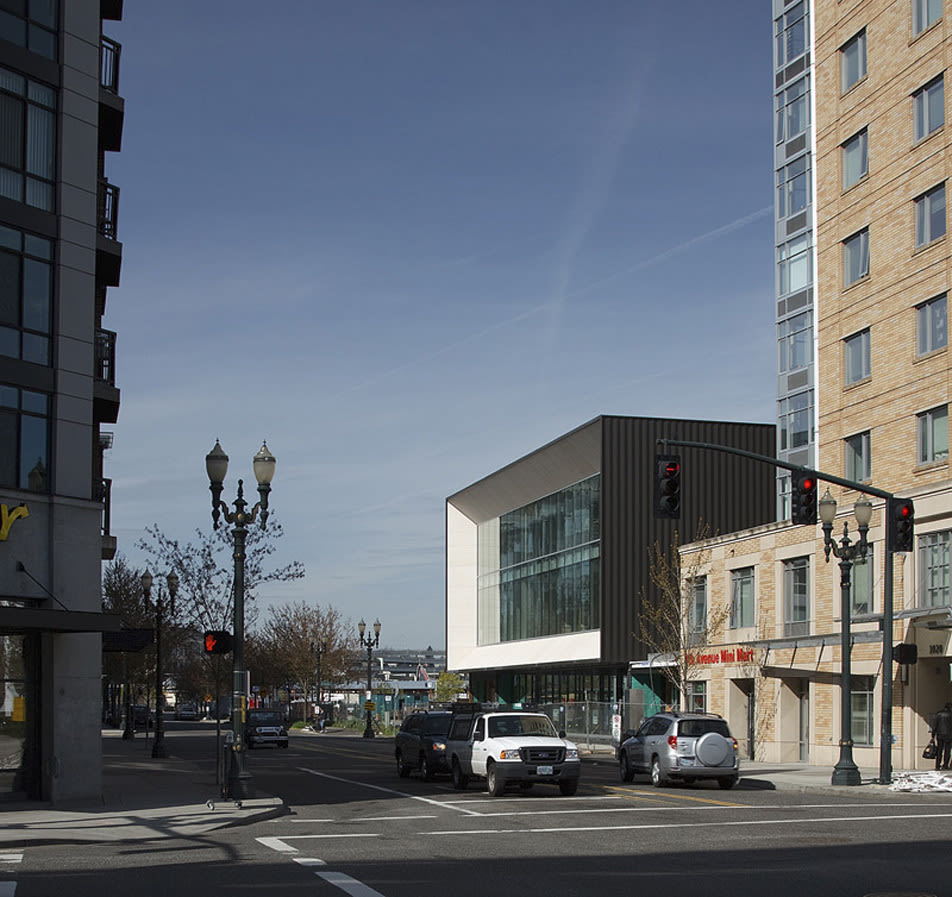
Holst Architecture’s design for Ziba Design’s new headquarters at NW Ninth Avenue and Marshall Street offers a powerful counterpoint to the well-built but largely humdrum architectural environs of the Pearl District. This building houses o
Photography by Holst Architecture
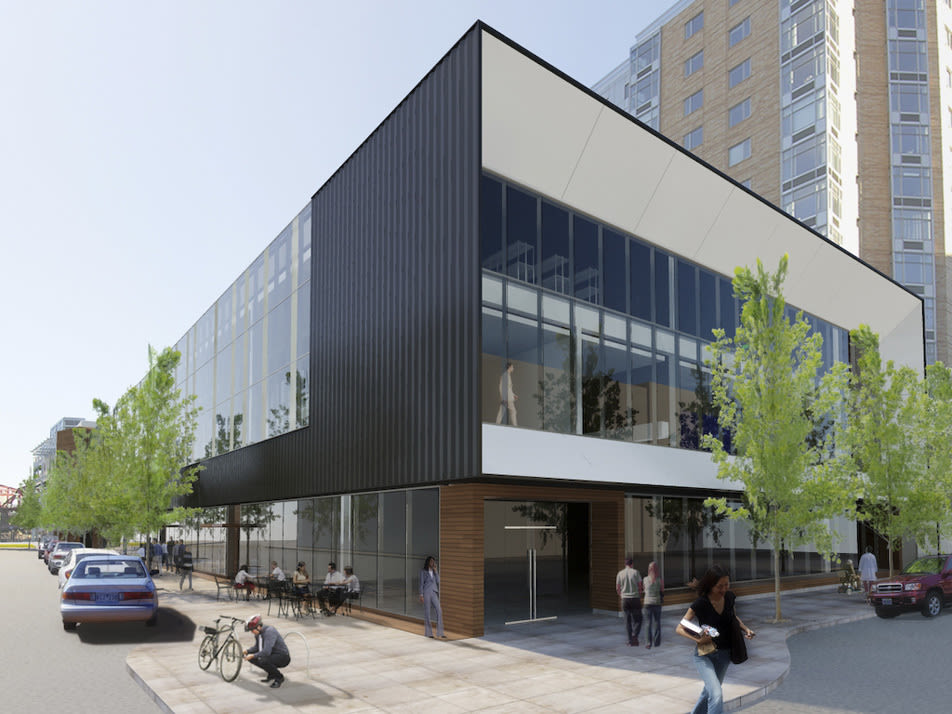
With a billboard-scaled picture window offering Ziba views of the city and the city views of Ziba, the building is both simple and theatrical. The scale and materials and the way it rises up and over the street is distinct from any building in the dis
Photography by Holst Architecture
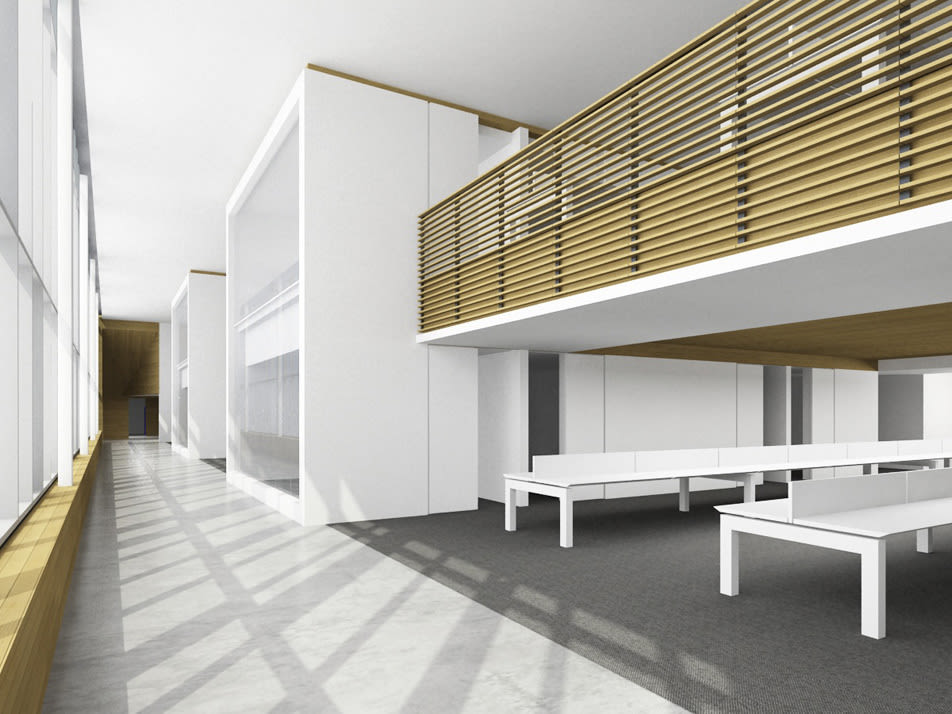
Beginning in August, Ziba’s designers, engineers, anthropologists, and branding experts will develop their products and campaigns around huge worktables in studios arrayed along a kind of "main street"—all bathed in northern ligh
Photography by Holst Architecture
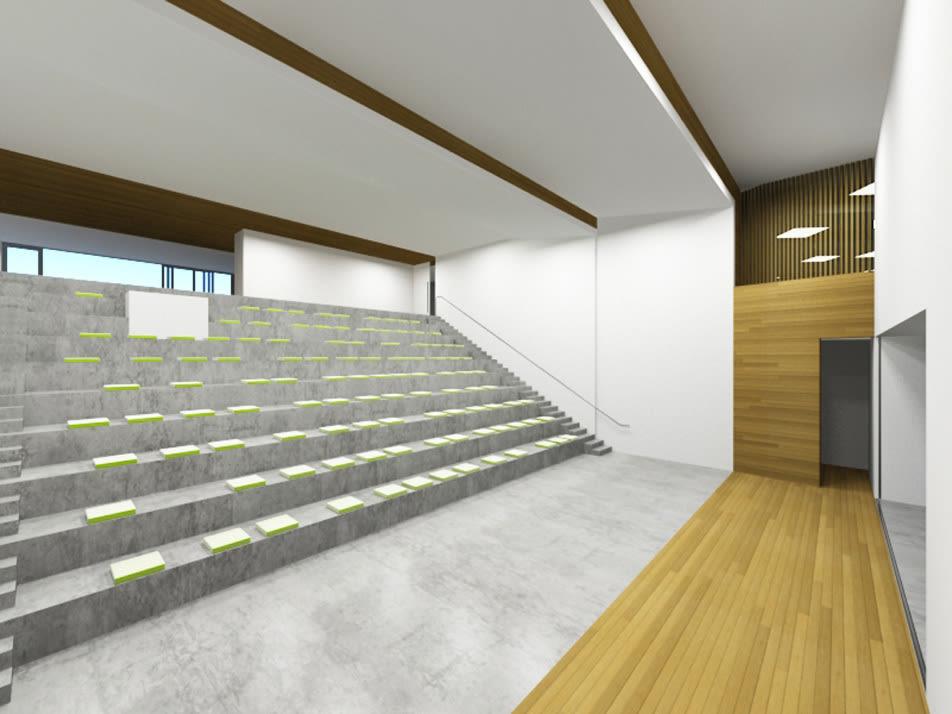
The new headquarters will feature an events space where Ziba plans to host events such as neighborhood meetings and lectures for the design community.
Photography by Holst Architecture
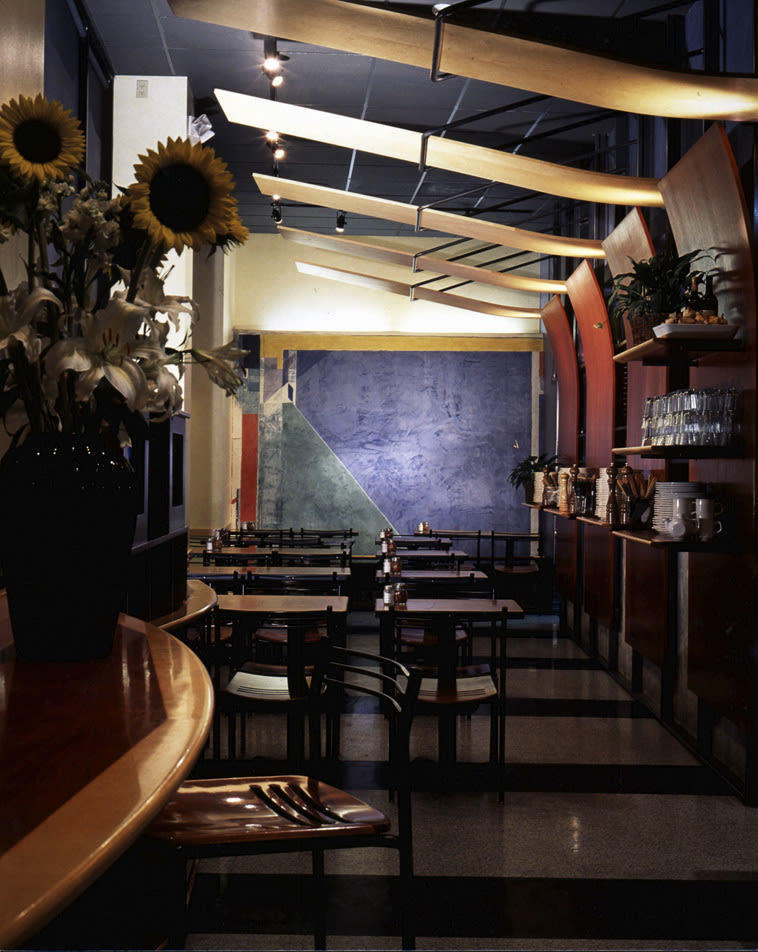
Holst’s 17-year history as a firm began with a range of retail work, the most prominent of which was the design of the original Pizzicato on NW 23rd Avenue, completed in 1993. Most Portland restaurants of the time featured either lots of wood an
Photography by Holst Architecture
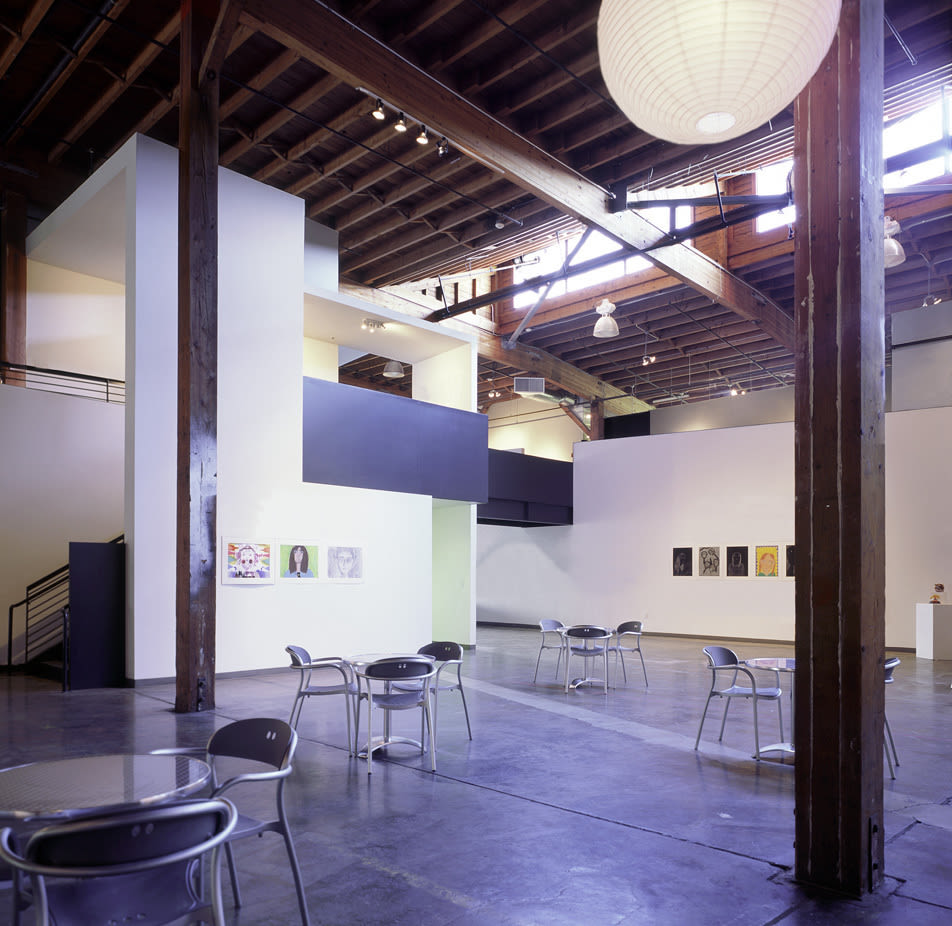
Holst got a big break in 1997 when the firm won a competition to design the first independent home of the Pacific Northwest College of Art. With breakneck speed and little money, Holst retrofitted an old Pearl District warehouse with studios, classroo
Photography by Holst Architecture
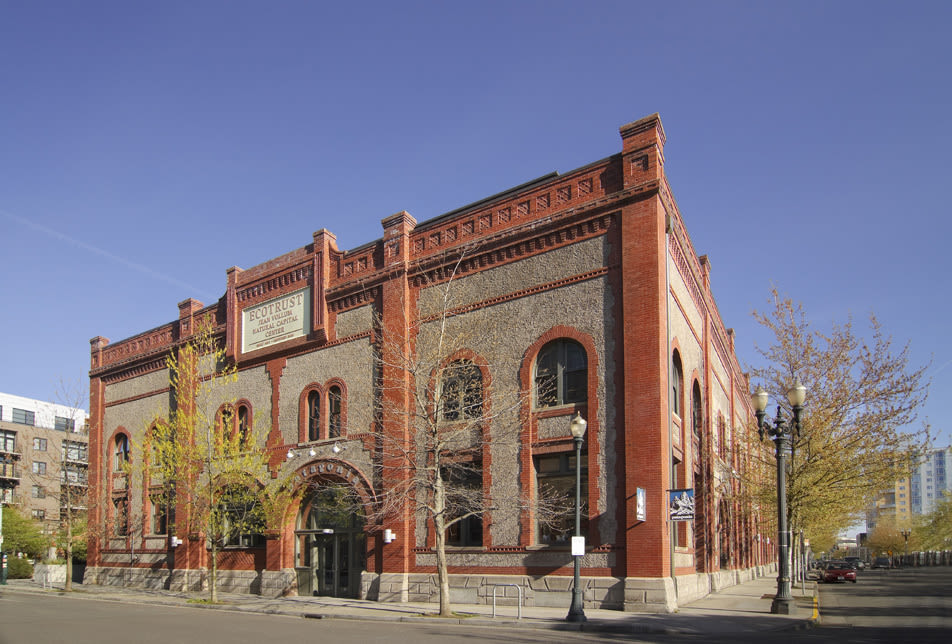
The Ecotrust headquarters stands amid beautifully restored Pearl District warehouses. But Holst’s 2001 remodel of the interior steered this structure toward its current claim to fame as the first LEED Gold certified his
Photography by Holst Architecture
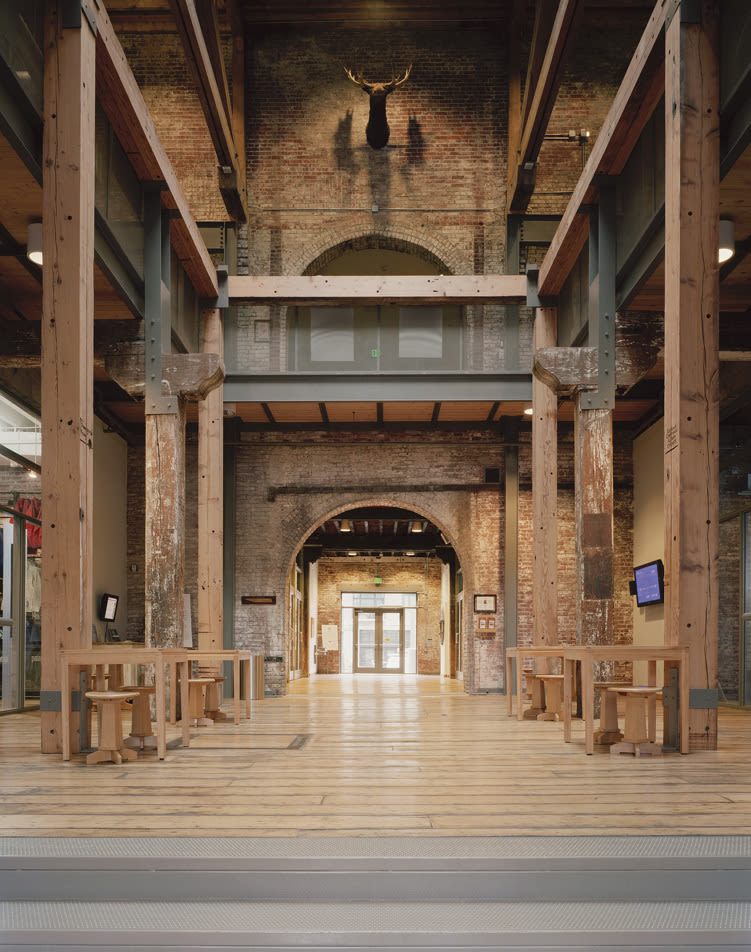
Holst’s use of reclaimed materials achieved a simple, airy beauty while meeting the project’s environmental goals.
Photography by Holst Architecture
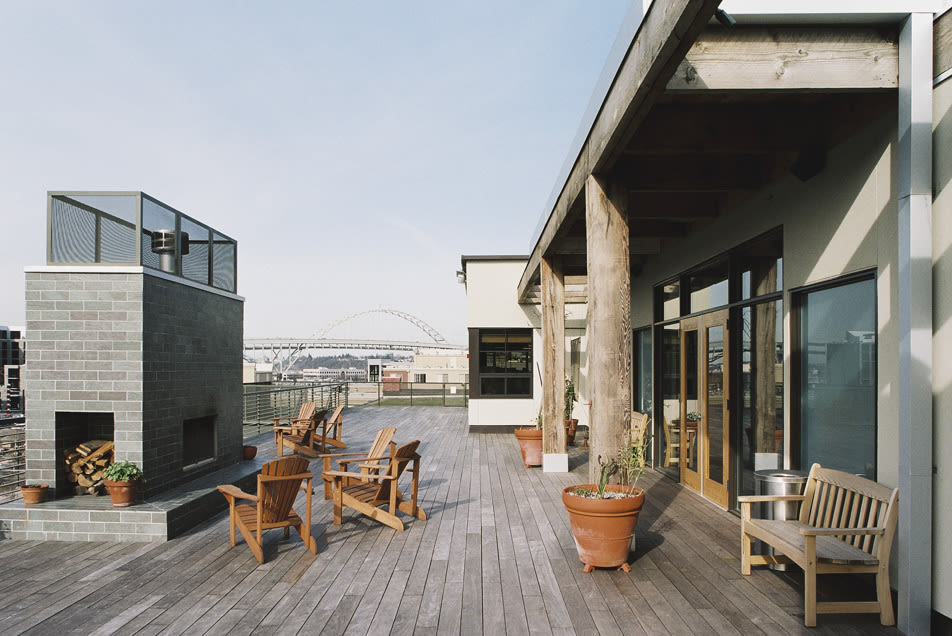
Ecotrust’s penthouse roof deck, complete with fireplace, is one of the most popular reception areas in the city.
Photography by Holst Architecture
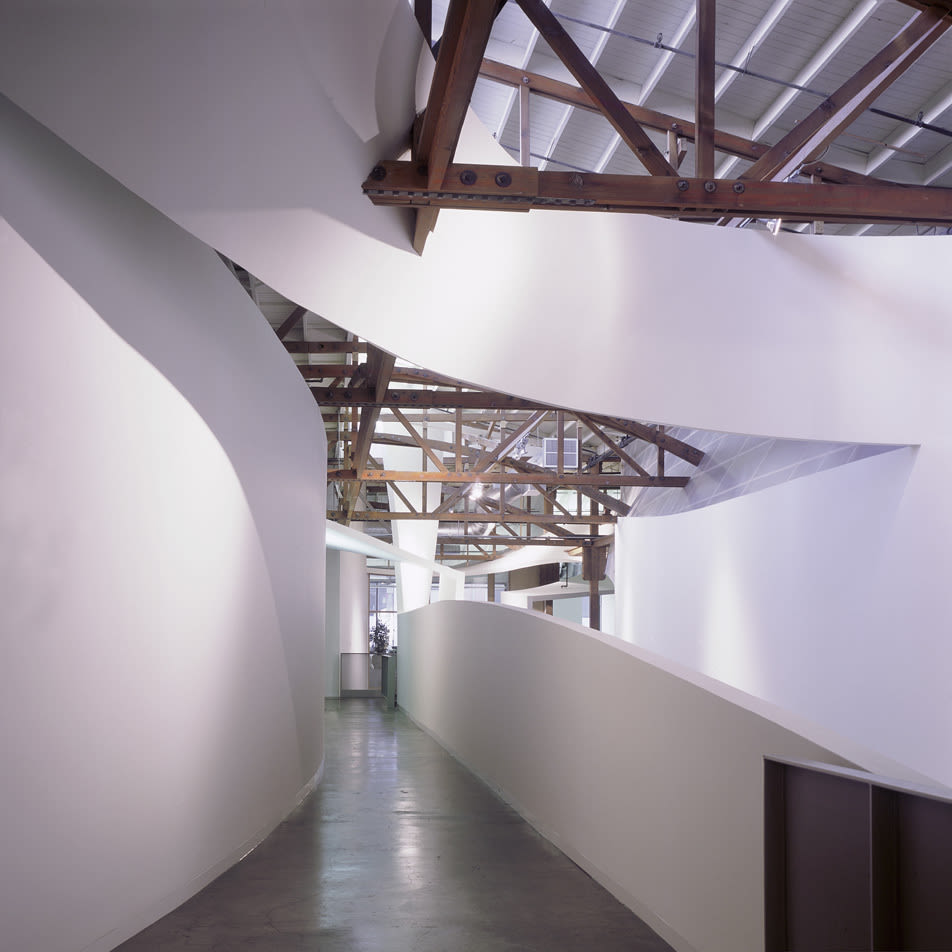
The PNCA and Ecotrust commissions earned Holst more chances to prove that it could deliver greatness both quickly and cheaply. In 2001, for a flexible creative space called RiverTec (one of the earliest Pearl District office
Photography by Holst Architecture
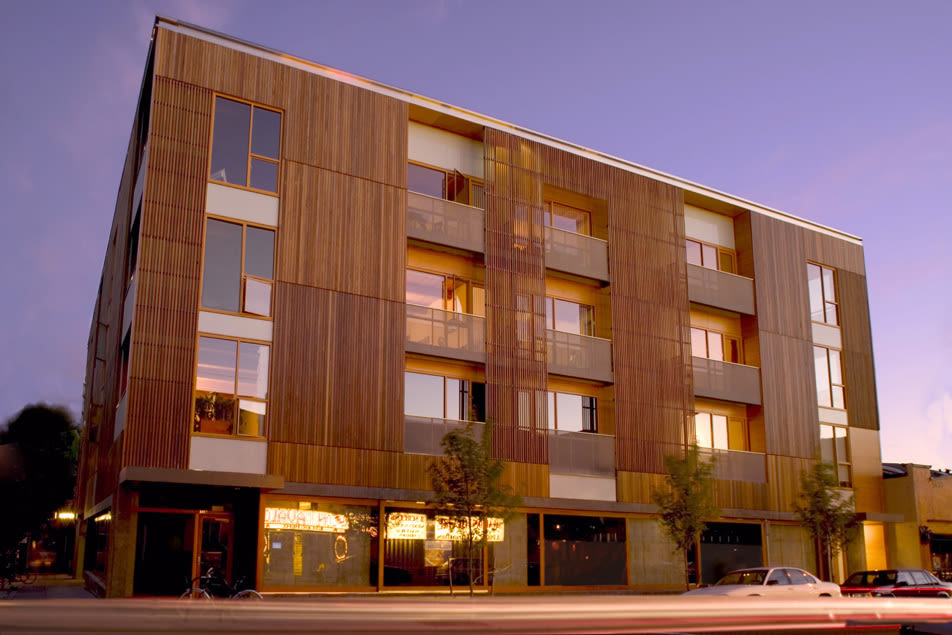
In 2004, Holst got its first chance to design a new, large-scale building: the Belmont Lofts. Though many neighborhoods objected to such developments, Holst’s sumptuous use of wood and glass showed that "large-scale" and "good fit
Photography by Holst Architecture
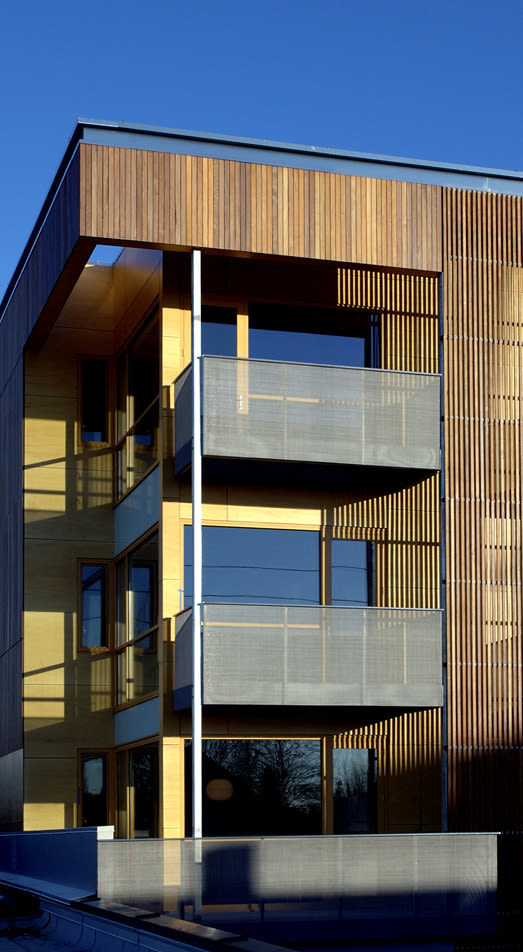
Clad in a rain screen made of thin slats of ipe, a sustainably produced tropical hardwood, the building shimmers ethereally from a distance, but has the warmth of a well-made cabinet when seen up close.
Photography by Holst Architecture
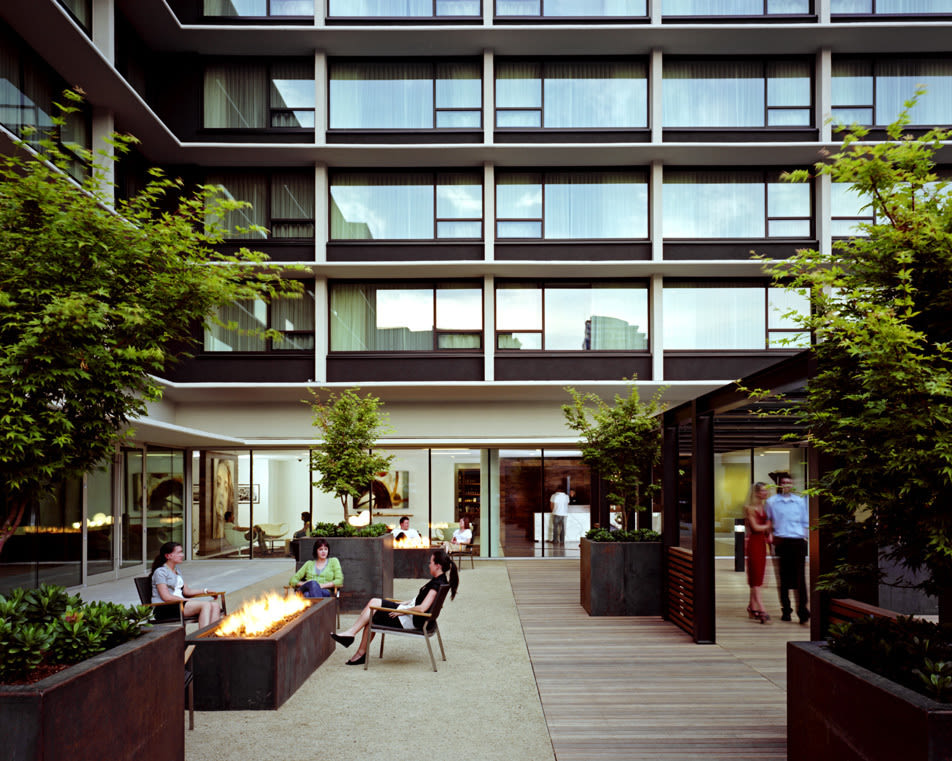
To create the Hotel Modera, Holst transformed an old Days Inn (and well-known rendezvous for Oregonian staffers who were having affairs) into one of the city’s next-generation boutique hotels.
Photography by Holst Architecture
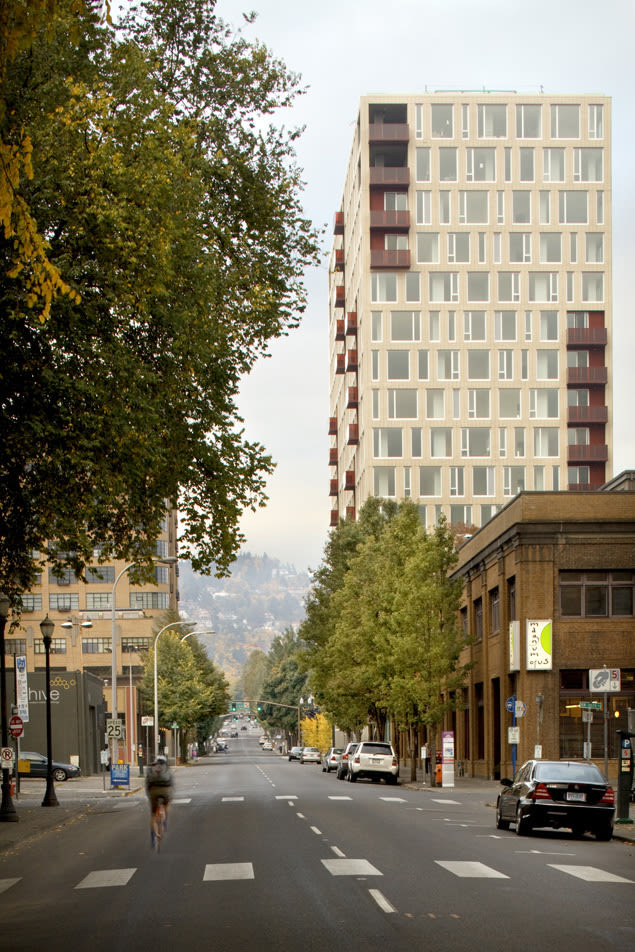
In a powerful counterpoint to the Pearl District’s collection of six-story red-brick courtyard condos and chunky high-rises clad in faux limestone, Holst recently completed the 937 Condominiums.
Photography by Holst Architecture
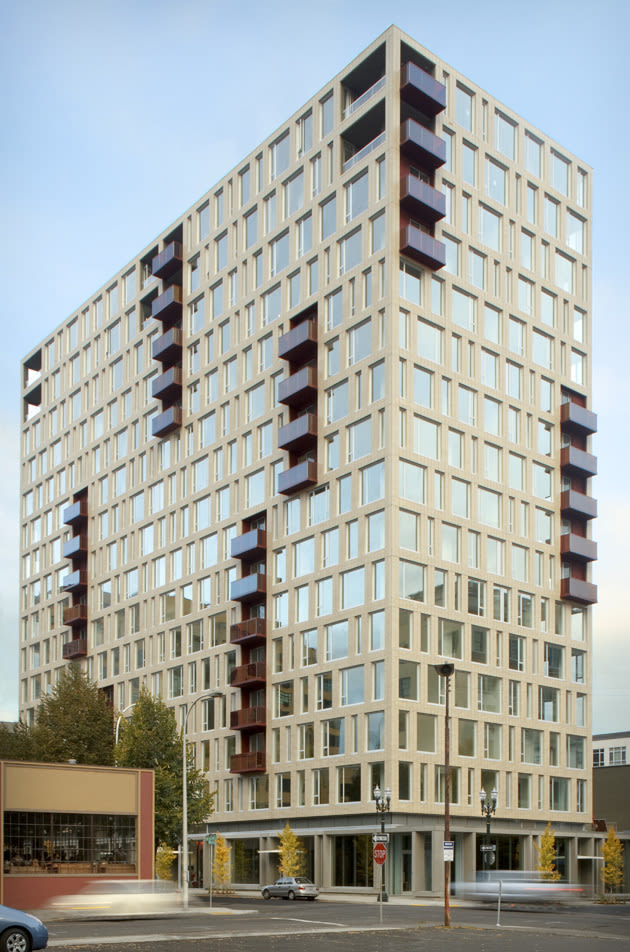
The building’s beige brick recalls those early-century architects who sensibly chose white terra-cotta to give the city more brightness in the rain. The randomized window pattern sets the building off from its neighbors. But the shape—tall
Photography by Holst Architecture
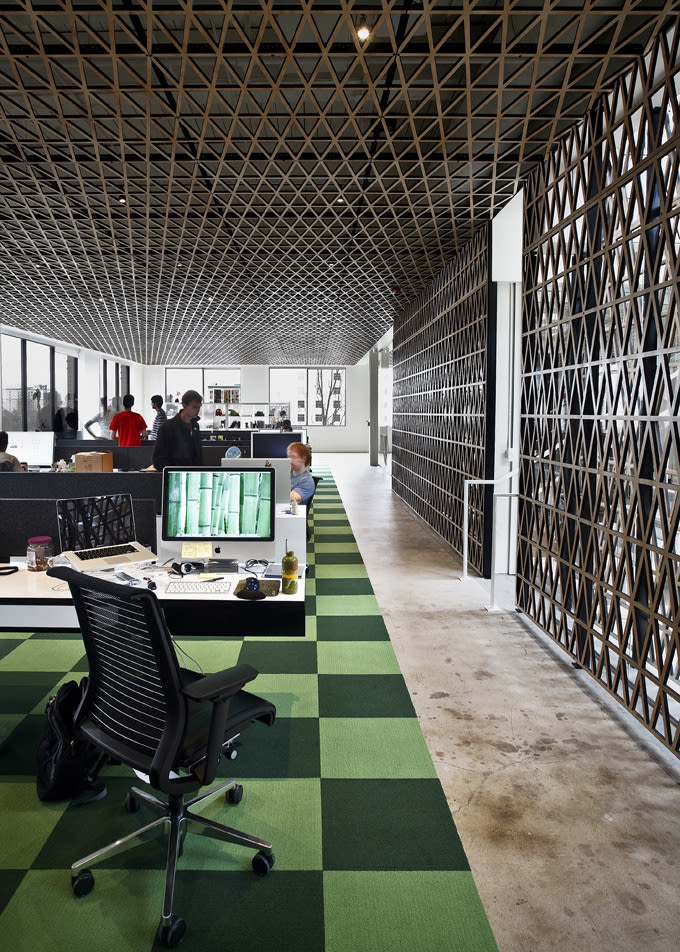
For Panic, a local software design company, Holst deftly deployed simple screens made of laser-cut European plywood.
Photography by Holst Architecture
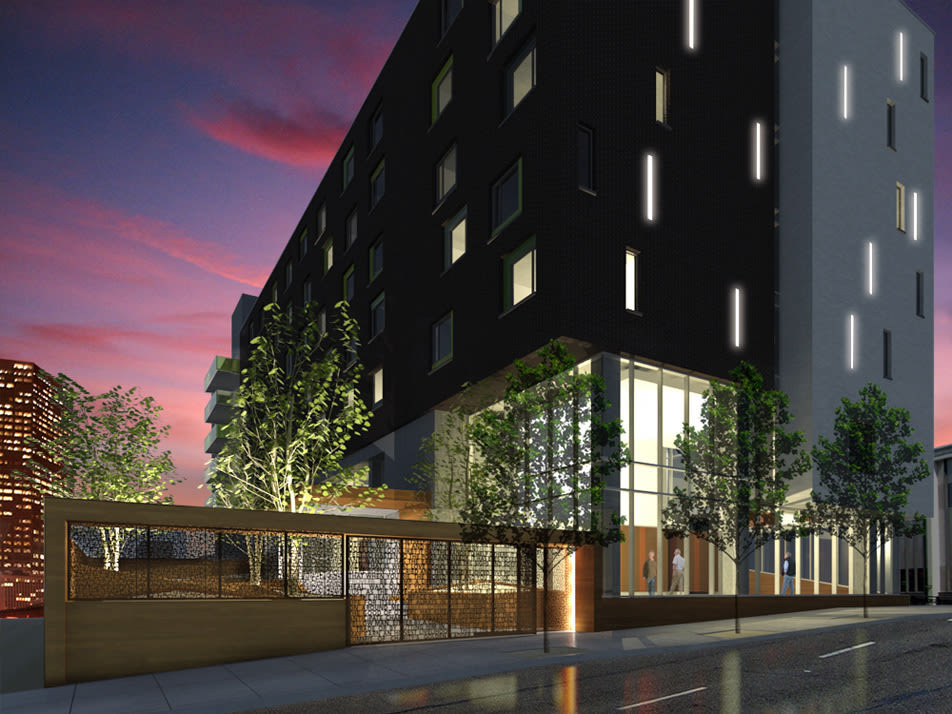
Holst is just finishing designs for its largest project yet, the $28 million Resource Access Center planned for downtown’s Old Town/Chinatown neighborhood. The firm’s well-honed knowledge of how to provide great design on a tight budget wi
Photography by Holst Architecture
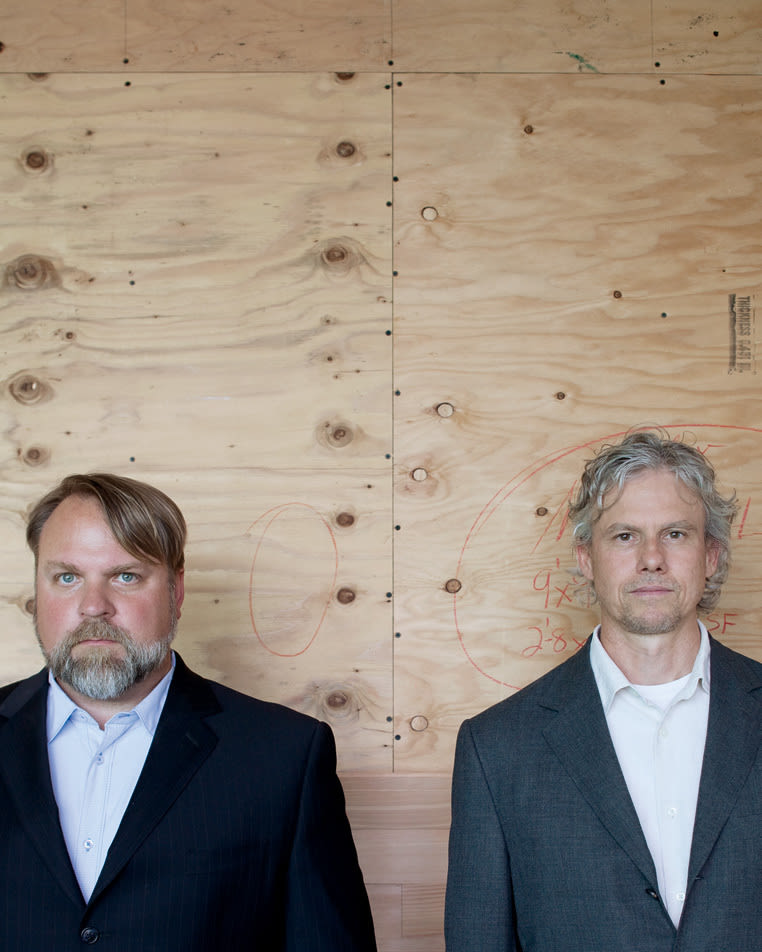
Jeff Stuhr and John Holmes merged their names to create the moniker "Holst." Their well-seasoned ensemble of designers and project managers, now 18 people strong, includes Kevin Valk, Kim Wilson, Alan Jones, Dave Otte, Chris Hodney, and Jay
Photography by Holst Architecture
